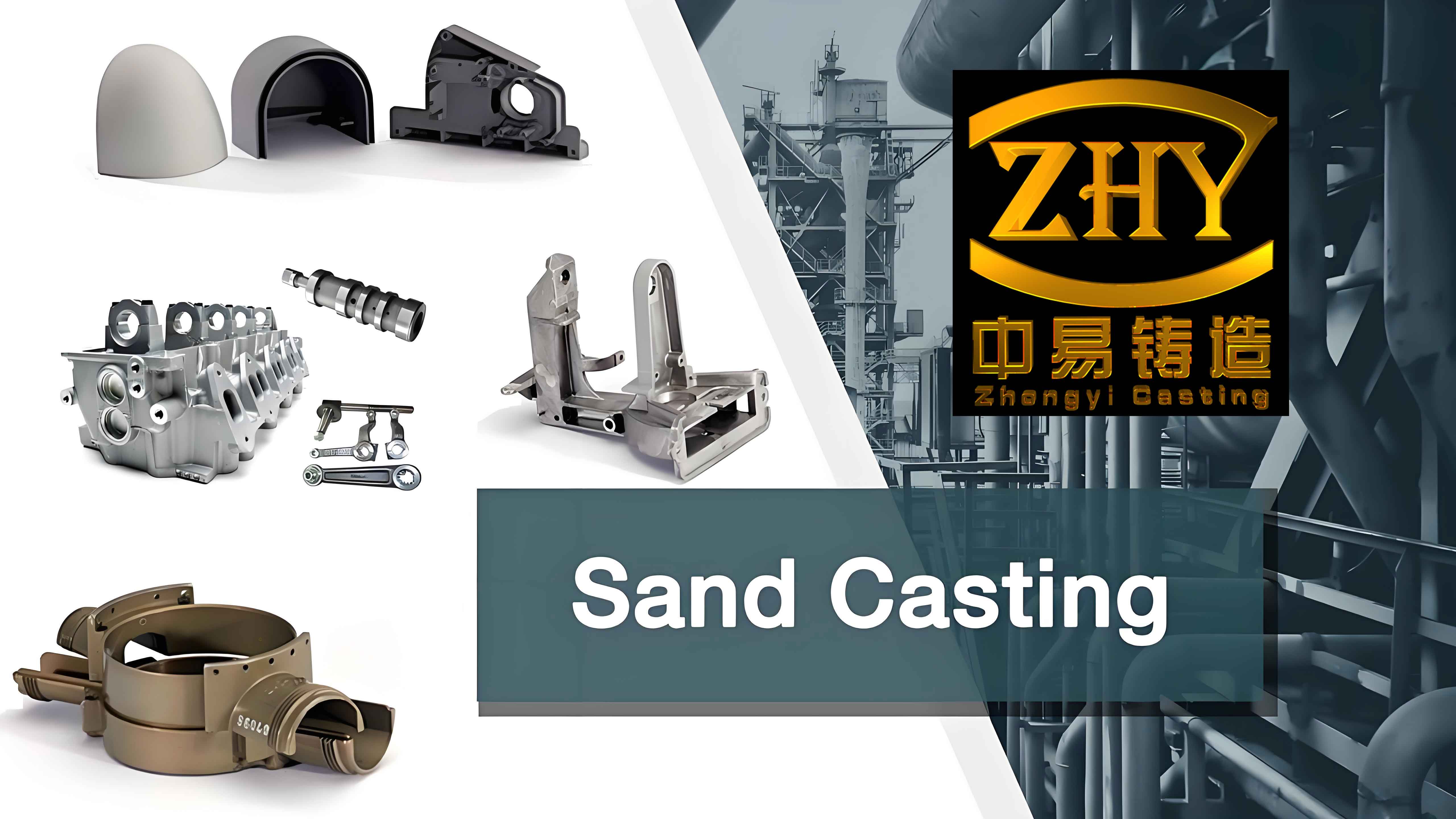Through extensive experimentation with dual-head woodworking machine bases, this study establishes fundamental principles for controlling dimensional accuracy and surface quality in V-process casting of large-plane sand casting parts. The research reveals critical relationships between film formation stability, vacuum control strategies, and geometric precision that distinguish V-process technology from conventional sand casting methods.

1. Dimensional Control Fundamentals
For large-plane sand casting parts with complex rib structures, shrinkage compensation requires multi-axis analysis:
$$S_x = \alpha_x \cdot L_0 \cdot (1 + \beta_T)$$
$$S_y = \alpha_y \cdot W_0 \cdot (1 + \beta_T)$$
$$S_z = \alpha_z \cdot H_0 \cdot (1 + \beta_T)$$
Where:
$S$ = Shrinkage allowance (mm)
$\alpha$ = Directional shrinkage coefficient
$\beta_T$ = Temperature compensation factor (0.002-0.005)
$L_0,W_0,H_0$ = Nominal dimensions
| Parameter | Resin Sand | Clay Sand | V-Process |
|---|---|---|---|
| X-axis shrinkage (%) | 0.6-0.8 | 0.7-0.9 | 1.0-1.2 |
| Y-axis shrinkage (%) | 0.5-0.7 | 0.6-0.8 | 1.1-1.3 |
| Z-axis shrinkage (%) | 0.7-0.9 | 0.8-1.0 | 1.0-1.2 |
2. Vacuum System Optimization
The vacuum pressure gradient significantly affects mold stability for sand casting parts:
$$P_v = \frac{Q}{A} \cdot \left(1 – e^{-\frac{t}{\tau}}\right)$$
Where:
$P_v$ = Effective vacuum pressure (kPa)
$Q$ = Pump capacity (m³/min)
$A$ = Mold surface area (m²)
$t$ = Time (s)
$\tau$ = System time constant
| Process Stage | Pressure Range (kPa) | Duration (min) |
|---|---|---|
| Mold formation | -80 to -90 | 3-5 |
| Pouring | -70 to -80 | 2-4 |
| Solidification | -50 to -60 | 15-25 |
3. Gating System Design
For large-plane sand casting parts, the gating ratio should follow:
$$A_{sprue} : A_{runner} : A_{gate} = 1 : 1.2 : 1.5$$
With turbulence control achieved through:
$$Re = \frac{\rho v D}{\mu} < 2000$$
Where:
$Re$ = Reynolds number
$\rho$ = Metal density (kg/m³)
$v$ = Flow velocity (m/s)
$D$ = Characteristic diameter (m)
$\mu$ = Dynamic viscosity (Pa·s)
4. Anti-Deformation Strategies
The required camber compensation for planar sand casting parts follows:
$$C = k \cdot \left(\frac{L^3}{E \cdot t^2}\right) \cdot \Delta T$$
Where:
$C$ = Camber compensation (mm)
$k$ = Shape factor (0.02-0.05)
$L$ = Characteristic length (mm)
$E$ = Elastic modulus (GPa)
$t$ = Section thickness (mm)
$\Delta T$ = Temperature difference (°C)
| Feature | V-Process | Conventional Sand Casting |
|---|---|---|
| Surface Ra (μm) | 12.5-25 | 50-100 |
| Weight consistency | ±1.5% | ±3-5% |
| Draft angle | 0° | 2-3° |
| Mold cost | High | Low |
5. Process Implementation Results
The developed techniques demonstrate significant advantages for producing precision sand casting parts:
$$Q_{total} = \sum_{i=1}^n \left(\frac{P_i \cdot V_i}{T_i}\right) \cdot \eta$$
Where:
$Q_{total}$ = Production capacity index
$P_i$ = Process efficiency
$V_i$ = Equipment capability
$T_i$ = Cycle time
$\eta$ = System utilization factor
| Parameter | Initial Trial | Optimized Process |
|---|---|---|
| Yield rate (%) | 72.4 | 93.8 |
| Surface defects | 23% | <2% |
| Dimensional tolerance | CT13 | CT10 |
| Energy consumption | 1.0x | 0.7x |
The successful implementation of these process controls enables stable production of high-quality sand casting parts with complex geometries, demonstrating the technical and economic advantages of V-process casting for large-plane components. The methodology provides a systematic approach for transitioning from conventional sand casting to advanced vacuum-sealed molding processes.
